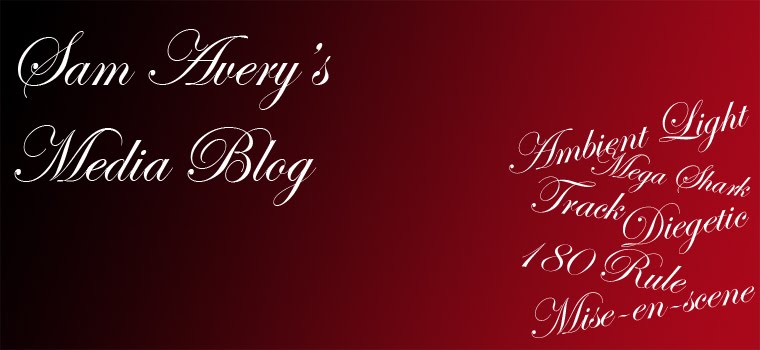 The most advanced use of the technology was used when splitting the screen. The first stage of this was layering the video clips. As said previously this is a huge advantage on less advanced software and would have hindered our project if not possible. with the layers arranged we moved the clip we wanted to start with into the central viewer and used the tabs at the top of the viewer to edit settings to move the clip on the screen. For example, crop and opacity. When creating the split screen we used the motion tab to rescale the individual clips to arrange them on the screen fitting two or more clips on to the same viewer. To polish of the effect of the split screen we feathered the edges to create a smoother transition from one clip to the other intertwining the characters on the screen better.
The most advanced use of the technology was used when splitting the screen. The first stage of this was layering the video clips. As said previously this is a huge advantage on less advanced software and would have hindered our project if not possible. with the layers arranged we moved the clip we wanted to start with into the central viewer and used the tabs at the top of the viewer to edit settings to move the clip on the screen. For example, crop and opacity. When creating the split screen we used the motion tab to rescale the individual clips to arrange them on the screen fitting two or more clips on to the same viewer. To polish of the effect of the split screen we feathered the edges to create a smoother transition from one clip to the other intertwining the characters on the screen better. By feathering the clips they become one clip rather than separate clips requiring separate attention.
By feathering the clips they become one clip rather than separate clips requiring separate attention. o create our website we used a mix of flash and HTML code. The hardest part of the website to create was the scroll box using HTML. This is because although it is easy to find a rough code template on the internet it is hard to manipulate to create our own and create the style we want.
o create our website we used a mix of flash and HTML code. The hardest part of the website to create was the scroll box using HTML. This is because although it is easy to find a rough code template on the internet it is hard to manipulate to create our own and create the style we want. To ensure all media we put into our website was viewable when hosted we imported all photos, videos and animations in to a folder to link to. This folder would have to be on the server of the person hosting our website. This is a simple stage in creating the website and ensuring it works properly once hosted but can easily be forgotten and often causes mistakes with websites due to content missing.
To ensure all media we put into our website was viewable when hosted we imported all photos, videos and animations in to a folder to link to. This folder would have to be on the server of the person hosting our website. This is a simple stage in creating the website and ensuring it works properly once hosted but can easily be forgotten and often causes mistakes with websites due to content missing.For all the animated elements of the website they were created in Adobe Flash. As stated earlier it is linked with the same package as Dreamweaver making it easily compatible. The animations were imported as movie files to play without being on a loop. This therefore looks like a heading and menu system rather than a separate part of the website. Due to the black background and same colours it ties in well and makes the whole webpage look seamless.
 In Photoshop we took down the opacity of our
In Photoshop we took down the opacity of our
 band photo and then layered with the television static. Consequently we added a guassian blur affect to achieve the bright glow. To complete the album artwork we placed in our logo and added a glow to match the television.
band photo and then layered with the television static. Consequently we added a guassian blur affect to achieve the bright glow. To complete the album artwork we placed in our logo and added a glow to match the television.The back of the digipak was made by importing our chosen photo. We believed it would be a good idea to go along with a theme of keeping the identity of the band hidden. This was taken from the blur on the front cover and the hidden identity of the video. With our chosen photo we zoomed in and played around with what fragmented image would appear in different positions. The first idea was a picture of my neck and ear until we found the two bottoms faces together. We had to however, play with the contrast and hue to ensure the same colours from the front of the cover carried on. This was also applied to the inside panel.





















